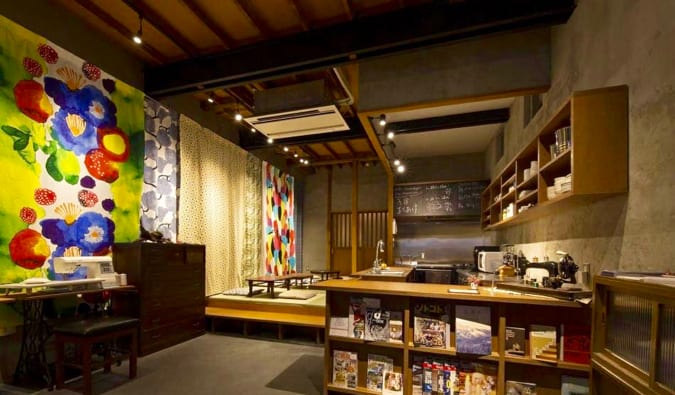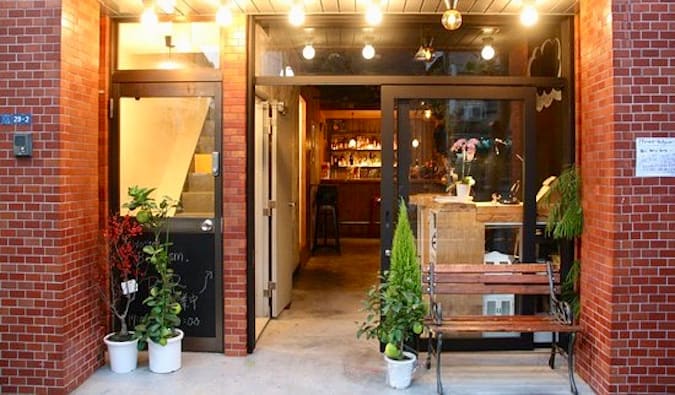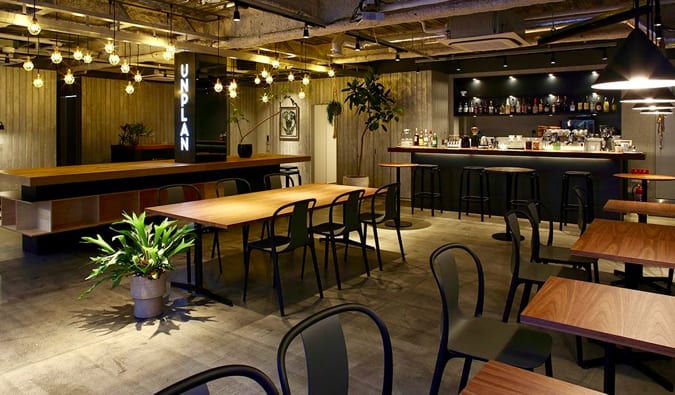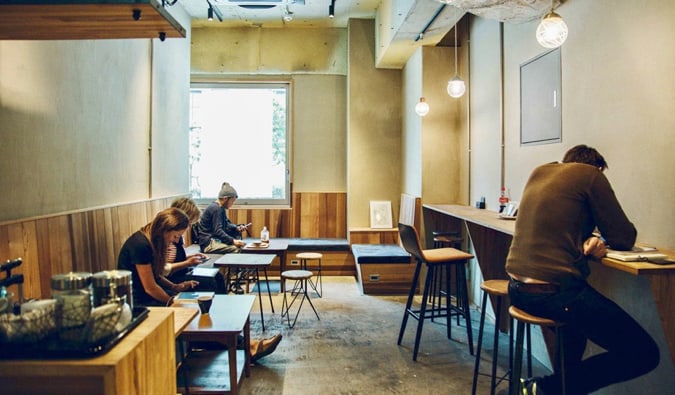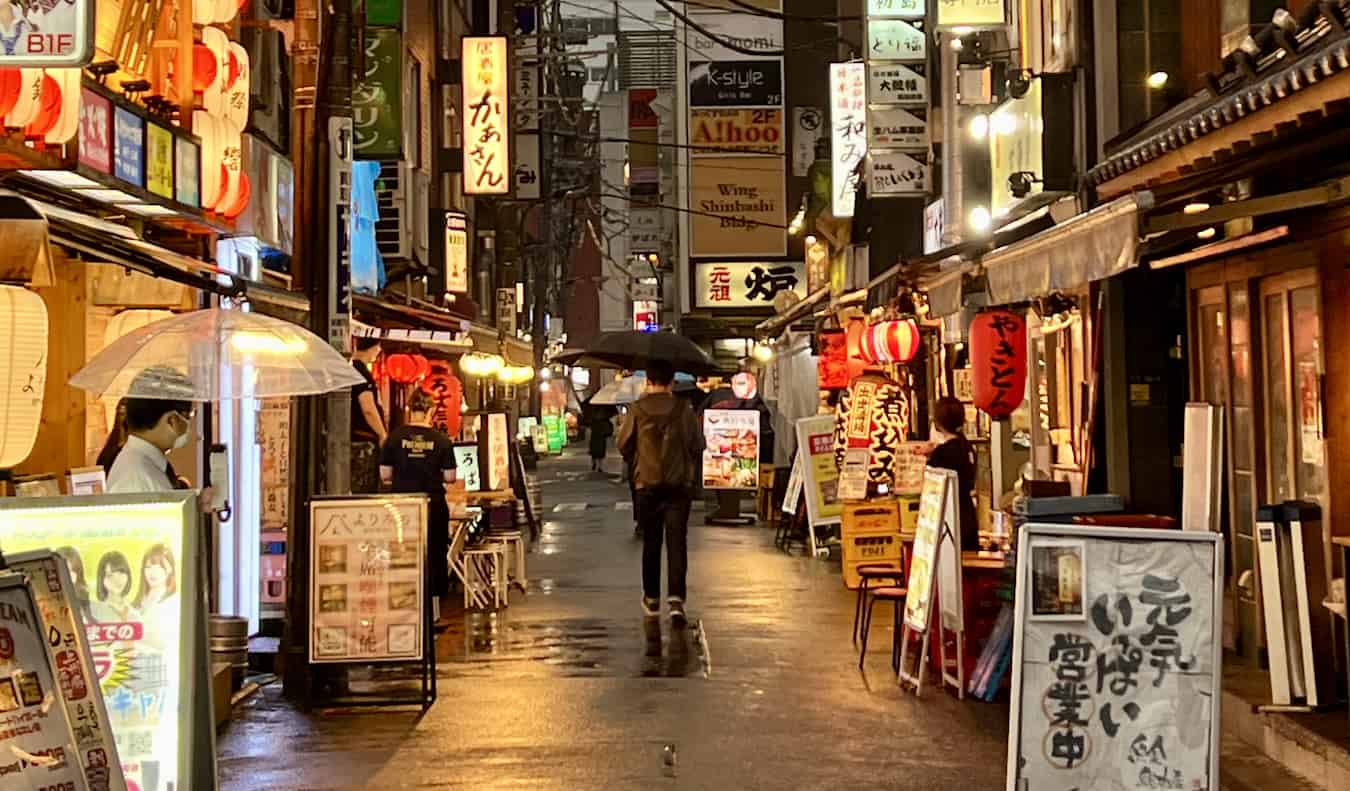
Last Updated: 4/22/24 | April 22nd, 2024
Tokyo is one of the most amazing cities in the world. It’s fast-paced, futuristic, and bursting with weird and wonderful activities to keep you busy, including gorgeous shrines, palaces, and temples; hip clubs and bars; and fashionable people and shopping, not to mention beautiful cherry blossoms.
Tokyo lives up to all the hype. If I could spend months living there, I would.
You never know what you’ll find here. One second you’ll run into a group of women dressed in pig masks and ’80s dresses and the next you’re in a robot café or a centuries-old temple.
It’s also one of the biggest cities in the world, home to almost 14 million people (almost 40 million if you count the metropolitan area). Not surprisingly, there are many nooks and crannies to explore in this city that seamlessly weave centuries-old Japanese traditions with modern technology. (So don’t rush your visit. You’re never going to see it all anyway, so don’t try!)
To help you plan your trip, here is my suggested itinerary based on over seven visits to Tokyo:
Tokyo Itinerary Highlights
Day 1: Fish Market, Imperial Palace, Harajuku, & more!
Day 2: Asakusa, Ueno Park, Sento, & more!
Day 3: Shinjuku, Shibuya, Quirky Cafes, & more!
Day 4: Take a Day Trip
Day 5: Sumo, Samurai, Meguro River, & more!
Tokyo Itinerary: Day 1
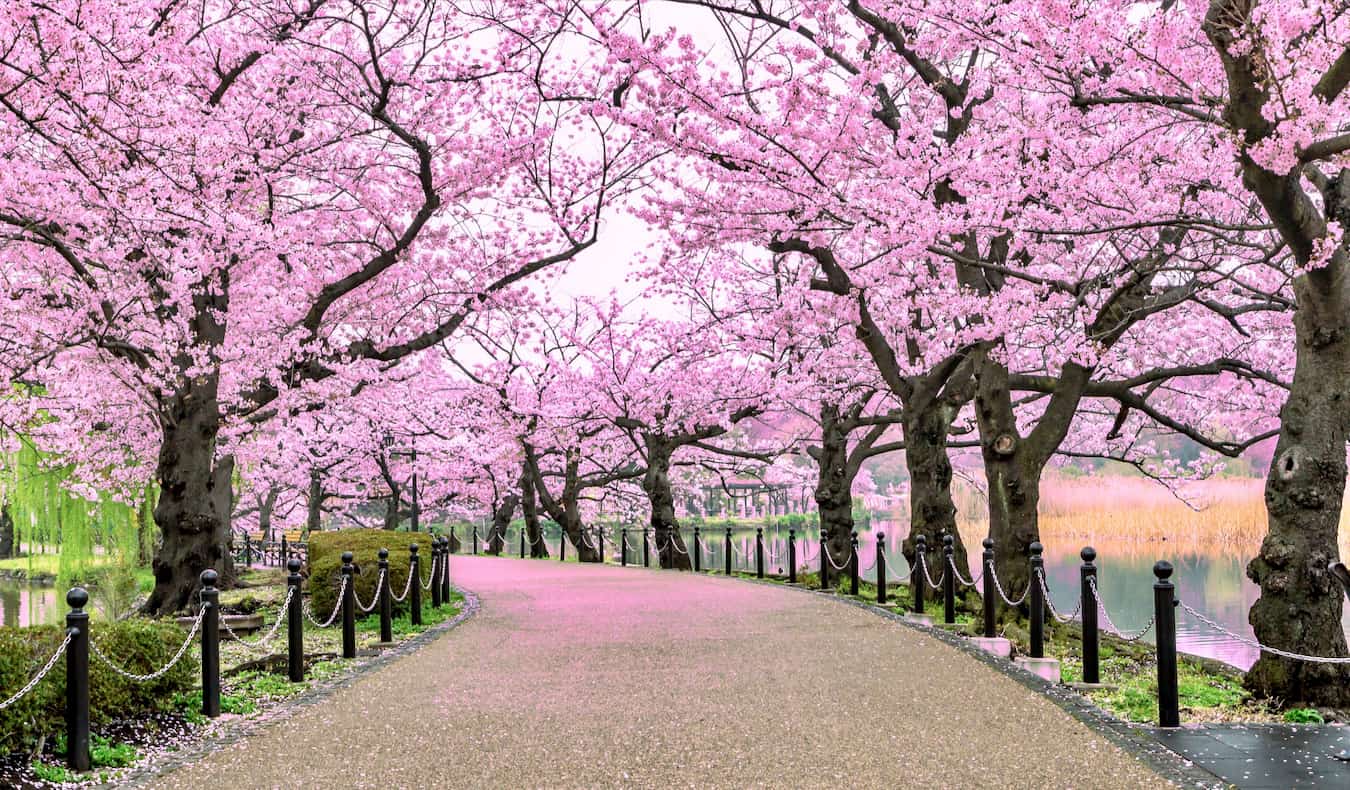
(Note: There’s a lot listed for this day. Since you’re likely to wake up super early because of jet lag, you can fit it all in. You might not want to, though. Maybe you need an afternoon nap!)
Roam the Tsukiji and Toyosu Fish Markets
In 2018, Tokyo’s main fish market moved to Toyosu, which is twice the size of the old one, Tsukiji, making it the largest in the world. While a lot of good restaurants moved too (Sushi Dai being the most famous), I find the place itself very stale, since you can no longer wander the floor (you look down via a walkway above; you also need a visitor’s pass to enter).
The old outer market in Tsukiji is still great though, and you can still find food and stores there too. You can wander alone and just eat and shop until you can’t anymore! Most businesses open at 6am, so it’s a perfect place to go in the morning when you wake up early because of jet lag. Food and drink tours of the Tsukiji Outer Market are available for around 13,500 JPY.
Tsukiji Fish Market: 5 Chome-2-1 Tsukiji, Chuo, +81 3-3542-1111. Admission is free. Toyosu Fish Market: 6 Chome-6-2 Toyosu, Koto, +81 3-3520-8205. Open Monday-Saturday 5am-5pm, though most businesses don’t open until 7am. Admission is free.
Immerse yourself at teamLab Planets
This really fun and quirky digital art installation is a multisensory and immersive experience in which you become part of the artwork, walking barefoot through the four exhibition spaces and gardens as you interact with the installations. It takes an hour or so to go through. teamLab is quite popular and generally sells out at least a few days in advance, so I recommend getting your tickets online ahead of time.
6 Chome-1-16 Toyosu, Koto City, teamlab.art/e/planets. Open Monday-Sunday 9am-10pm; last entry is one hour before closing. Admission is 3,800 JPY for adults during weekdays and 4,200 JPY on weekends. Discounts are available for children and those with disabilities.
Admire the Imperial Palace
When the emperor moved from Kyoto to Tokyo in 1869, he took Edo for his new residence and renamed it Tokyo. Though you can’t go inside (or get very close), the building is amazing. It is surrounded by lovely grounds and a park, and there’s a moat around the stone walls. You can also see the changing of the guard, though it’s a relatively low-key and unassuming ceremony. Tokyo Localized offers a free walking tour of the gardens that is worth taking and lasts 2.5 hours. Admission to the grounds is free.
Feast below the Girders
Not far from the palace is the Yurakucho neighborhood. Below the elevated train tracks at Yurakucho Station is a 700-meter stretch of wine bars, beer pubs, and casual restaurants filled with businessmen. It’s a good spot for lunch, though it gets the most busy after work, when people stop in for food and happy hour on their way home.
Scale the Tokyo Tower
Built in 1957 and resembling the Eiffel Tower, the Tokyo Tower is taller (at 333 meters/1,092 feet) than its European version and made entirely of steel. It was the city’s tallest structure until the “Skytree” was built in 2010. You can pay to go all the way to the top floor to take in the view, but frankly, the main observation deck offers one that’s just as good.
4 Chome-2-8 Shibakoen, Minato, +81 3-3433-5111, tokyotower.co.jp. Open daily 9am-11pm. Admission is 1,200 JPY.
Relax at Meiji Jingu
Located at the northern end of Yoyogi Park, Meiji Jingu is a peaceful Shinto shrine honoring Emperor Meiji and Empress Shoken, who helped modernize Japan. It’s nestled in a serene forest, with a big wooden gate marking the entrance and paths lined with trees. You really don’t feel like you’re in one of the busiest, most densely populated cities in the world when you wander around here. Watch traditional ceremonies, stroll through the gardens, or check out the museum. (FYI: It gets really busy on the weekends.)
1-1 Yoyogikamizonocho, Shibuya City, +81 3-3379-5511, meijijingu.or.jp. Open every day of the year from sunrise to sunset. Admission is free.
Enjoy Yoyogi Park
One of Tokyo’s largest parks, Yoyogi is laced with walking paths, forested areas, and ponds. It is also used for music events and festivals throughout the year, and you’ll see many street performers and shops selling snacks. If you’re visiting in late March or early April, you’ll be able to catch the cherry blossoms. In the fall, the ginkgo forest takes on a beautiful golden color.
2-1 Yoyogikamizonocho, Shibuya City, +81 3-3469-6081, tokyo-park.or.jp/park/yoyogi. Open 24 hours, though some facilities have shorter opening times. Admission is free.
Get trendy in Harajuku
Harajuku is one of the most iconic districts in Tokyo. It’s renowned for its avant-garde take on fashion, it’s the epicenter of anime and kawaii (cuteness) culture in Tokyo, with lots of quirky and vintage-clothing stores and street art. Walking around the area, you’ll see all kinds of outfits, mostly worn by younger Japanese people (predominantly teenagers), making it a fun place to people-watch and window-shop. If you want to go shopping, this is one of the best areas to do it in. you’ll find a lot of the best Japanese designers here.
Dine with ninjas
For a unique dining experience, head to Ninja Tokyo (formerly Ninja Akasaka), a ninja-themed restaurant designed like an Edo-era building, with wait staff clothed in stereotypical all-black garb and trained in all sorts of tricks and illusions. You’ll order off old scrolls while being entertained by the skills of your server! It’s super fun.
Tokyu Plaza Akasaka, +81 3-5157-3936, ninja-tokyo.jp. Open daily 5pm-10pm, plus 11:30am-2pm on weekends.
Drink in Golden Gai
This district, lined with backstreet bars, may be touristy, but it’s one of the most fun in Tokyo. These zigzag alleys are filled with hole-in-the-wall bars serving cheap drinks. Each is unique, so it’s fun to pop in and out of them. It’s very touristy, but you’ll find a lot of Japanese people here too. It’s quite crowded on the weekends, so go early before the bars fill up.
If you want a deep dive into the area, take a food tour. Arigato Tours runs an evening tour around Golden Gai and Omoide Yokocho in Shinjuku that will show you around and let you sample the best ramen and yakitori in the area.
Tokyo Itinerary: Day 2
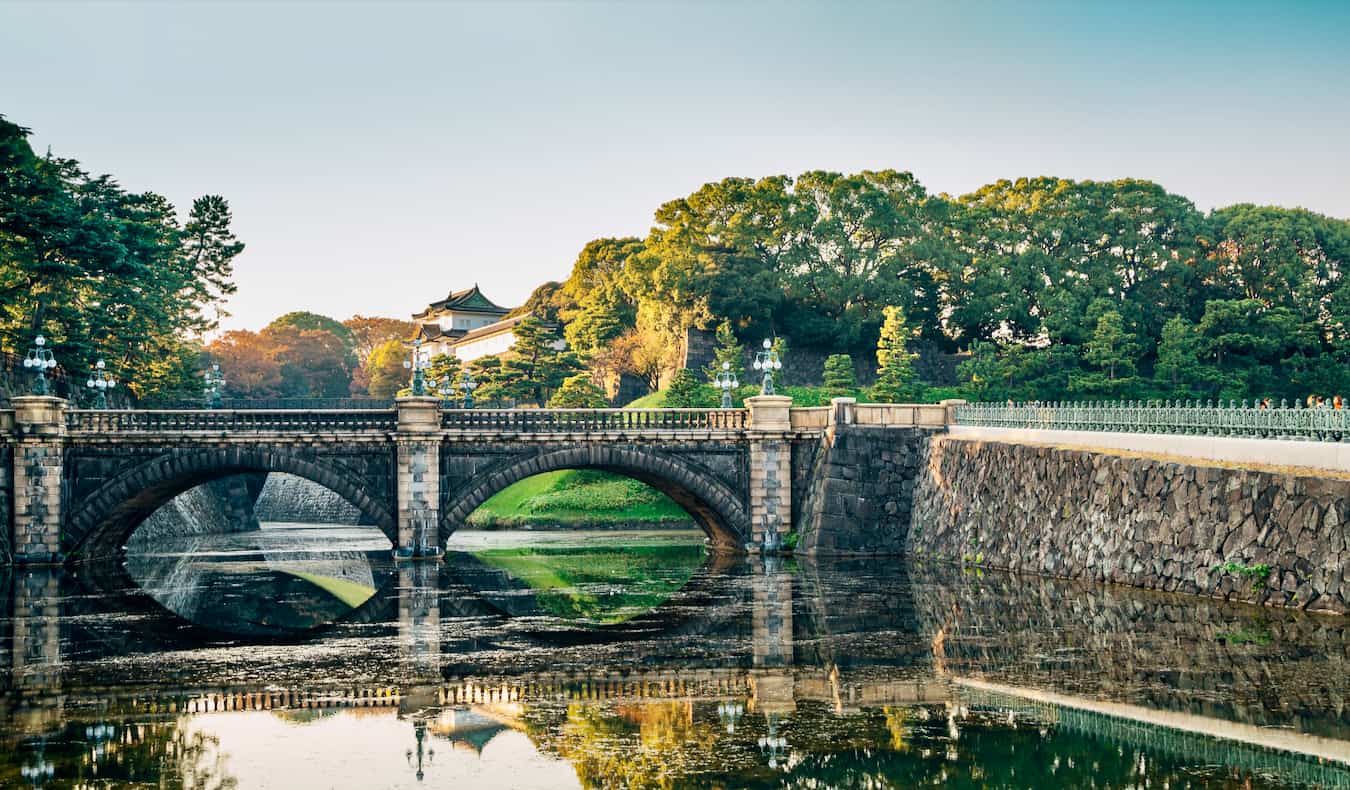
Check out Asakusa
If you want to see some of Tokyo’s historic religious sites, spend some time wandering around Asakusa. Just start as early as you can to avoid the crowds (especially if you plan on taking photos). These are two places not to be missed:
- Senso-ji – Tokyo’s most popular and famous temple is beautifully painted and sits in a scenic spot near a pagoda and the impressive Kaminari Gate. There’s a huge statue of Kannon, the goddess of mercy, inside the main hall. 2 Chome-3-1 Asakusa, Taito, +81 3-3842-0181, senso-ji.jp. The grounds are open 24/7, though the temple itself is open daily 6am-5pm. Admission is free.
- Asakusa Shrine – Not far from Senso-ji is this Shinto shrine, built during the Edo period and which survived the air raids of World War II. This is much more peaceful than Senso-ji, with fewer people, whom you’ll be able to see praying, meditating, or performing traditional rituals. 2 Chome-3-1 Asakusa, Taito, +81 3-3844-1575, asakusajinja.jp. Open daily 9am-4:30pm. Admission is free.
Explore Ueno Park
Spanning over 133 acres, Ueno Park is a lovely spot to spend the day. Various stalls and vendors sell snacks, drinks, and souvenirs. On weekends, there are usually cultural events or festivals showcasing traditional arts, music, and dance. During cherry blossom season, the park is full of people picnicking and admiring the thousands of trees. The park is also home to some of Tokyo’s best museums:
- Tokyo National Museum –Established in 1872, this massive museum in the north end of the park houses one of the world’s largest collections of art and artifacts from Asia, particularly Japan. 13-9 Uenokoen, Taito, +81 3-3822-1111, tnm.jp. Open daily 9:30am-5pm (7pm on Fridays and Saturdays). Admission is 1,000 JPY.
- Tosho-gu Shrine – This beautiful 17th-century Shinto shrine with carved gold doors and ornate carvings can also be found in the park. 9-88 Uenokoen, Taito, +81 3-3822-3455, uenotoshogu.com/en. Open daily 9am-5:30pm (4:30pm in winter). Admission is free up to the wall, though to go further inside is 500 JPY. To enter the shrine and peony garden costs 1,600 JPY. There’s also a combo ticket for the shrine and treasure hall for 2,100 JPY.
- National Museum of Nature and Science – Opened in 1871, this museum houses exhibitions on pre-Meiji science. There are over 5,000,000 items in the collection, with 14,000 of them on permanent display. It’s also home to the taxidermied body of the legendary dog Hachiko, the loyal dog who would greet his owner at Shibuya Station on return from his daily commute (more on him later). 7-20 Uenokoen, +81 50-5541-8600, kahaku.go.jp. Open Tuesday-Sunday 9am-5pm. Admission is 630 JPY.
- National Museum of Western Art – This is one of the only museums in the country to focus on Western art, established in 1959. The collection of almost 5,000 pieces extends from the Renaissance all the way to the 20th century. Expect to see works by masters like Van Gogh, Reubens, Renoir, Monet, Picasso, and many more! 7-7 Uenokoen, +81 3-3828-5131, nmwa.go.jp. Open Tuesday-Sunday 9:30am-5:30pm (8pm on Fridays and Saturdays). Admission is 500 JPY.
Browse Akihabara
Akihabara, or “Akiba,” is a bustling district in central Tokyo known for its vibrant electronics, anime, manga, and gaming culture. You’ll find streets full of gadgets, anime merchandise, card games, and collectibles. Stop and play in one of the plethora of video game shops. This area is also where you’ll find the famous maid cafés, where servers dress up as maids and serve you food and drinks. The girls on the street are promoting the more hole-in-the-wall options, which are a lot more culturally fun than the big touristy ones. (They aren’t cheap, though, as you have to buy drinks packages and pay a fee, but it’s kitschy and fun.)
Bathe in a sento
A sento is a traditional public bathhouse, typically separated by gender. The Japanese are not shy, so you’ll need to be comfortable with nudity! A budget-friendly sento will cost you under 1,000 JPY. Just note that tattoos can be frowned upon and you might be required to cover them up.
Go go-karting
Want to speed around the streets of Tokyo in a go-kart while wearing a costume? The Monkey Kart company lets you. As long as you have an international driving permit (which you can get if you have a valid driver’s license), you can take part. They’ll snap photos of you in the act too! You can book the experience here.
Shibuya, 1F, 1 Chome-27-7, +81 3-5309-2639, monkey-kart.com. Open daily 9:30am-9pm. The course will take 75 minutes and costs 16,000 JPY per person. There are multiple locations around the city.
Tokyo Itinerary: Day 3
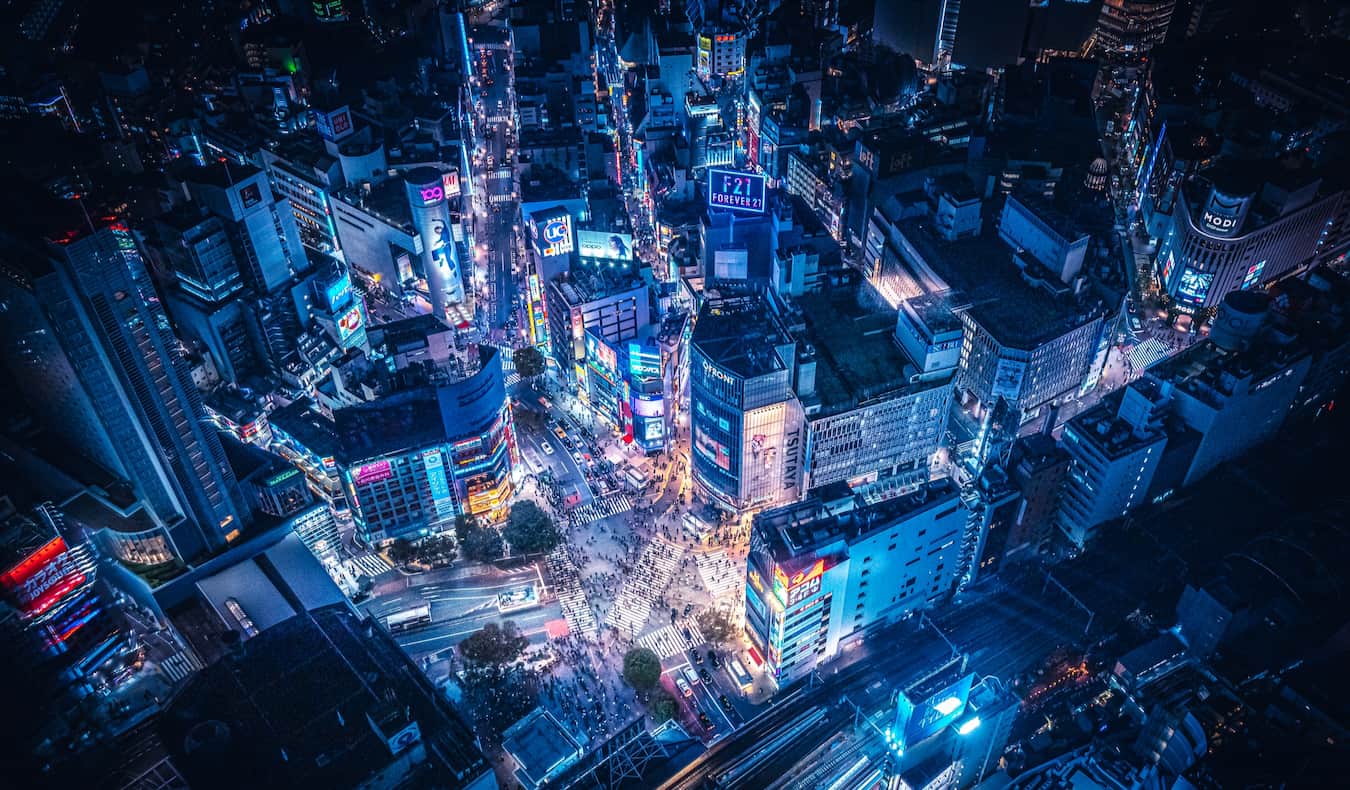
Stroll through Shinjuku Gyoen National Garden
This gorgeous park is over 144 acres and home to some 20,000 trees. Most of the original park was destroyed in World War II during the air raids, but it was rebuilt and reopened in 1949. During spring, it’s one of the best spaces to see cherry blossoms. I love the traditional landscape garden, which has several ponds with bridges and islands. It’s a peaceful little oasis within the hustle and bustle.
11 Naitomachi, Shinjuku, +81 3-3350-0151, env.go.jp/garden/shinjukugyoen/index.html. Open Tuesday-Sunday 9am-5:30pm. Generally, advance ticket purchase is required, but note that during cherry blossom season, you can’t book tickets in advance. Admission is 500 JPY.
See Shibuya Crossing
This is quite possibly the busiest and most famous intersection in the world (some 2,500 people cross the street here every two minutes). The area is buzzing at night, with bright lights and frenzied activity — like Times Square on steroids. Make sure to visit the dog statue between Shibuya Station and the intersection (at the Hachiko Exit) — it’s a tribute to Hachiko, the loyal dog who would greet his owner at Shibuya Station on return from his daily commute. This continued until the owner passed away at work in 1925. Hachiko then visited the station daily and waited for his owner until he also passed away nearly a decade later, in 1935.
Experience a tea ceremony
No visit to Japan is complete without experiencing a traditional tea ceremony. While these are usually long and expensive experiences, there are definitely some budget-friendly options for anyone looking not to break the bank. True Japan runs ceremonies in Tokyo for 9,900 JPY per person; they last 75 minutes. Sakurai Japanese Tea Experience is another good option, located near Shibuya.
Visit a quirky café
Tokyo has all sorts of amazing, weird, and wonderful cafés: monster cafés, owl cafés, cat cafés, vampire cafés, dog cafés, religious-themed cafés, and much more! If you’re looking for something unusual to do, see what weird and quirky cafés are near you (they’re all around town, so you never have to go far to find one!). Here are some suggestions:
- Kawaii Monster Café
- Vampire Café
- Christon Café (Christian themed)
- Dog Heart (dog café)
- Mipig Cafe Harajuku (pig café)
- Calico (cat café)
- Harry (hedgehog café)
- Ninja Cafe & Bar (ninja themed)
Enjoy traditional Japanese theater
Kabuki is a traditional form of theater involving dance and drama. The costumes and makeup are heavily stylized, making for a very visual performance. The Kabuki-za, located in Ginza, is the best venue in which to see one of these incredible displays. Just keep in mind that performances are in Japanese.
4 Chome-12-15 Ginza, +81 3-3545-6800, kabuki-za.co.jp. Performances are held almost daily. Check the website for the most up-to-date schedule. Expect to pay at least 4,000 JPY if you book in advance. You can often arrive the day of and get last-minute tickets for cheaper, however.
Tokyo Itinerary: Day 4
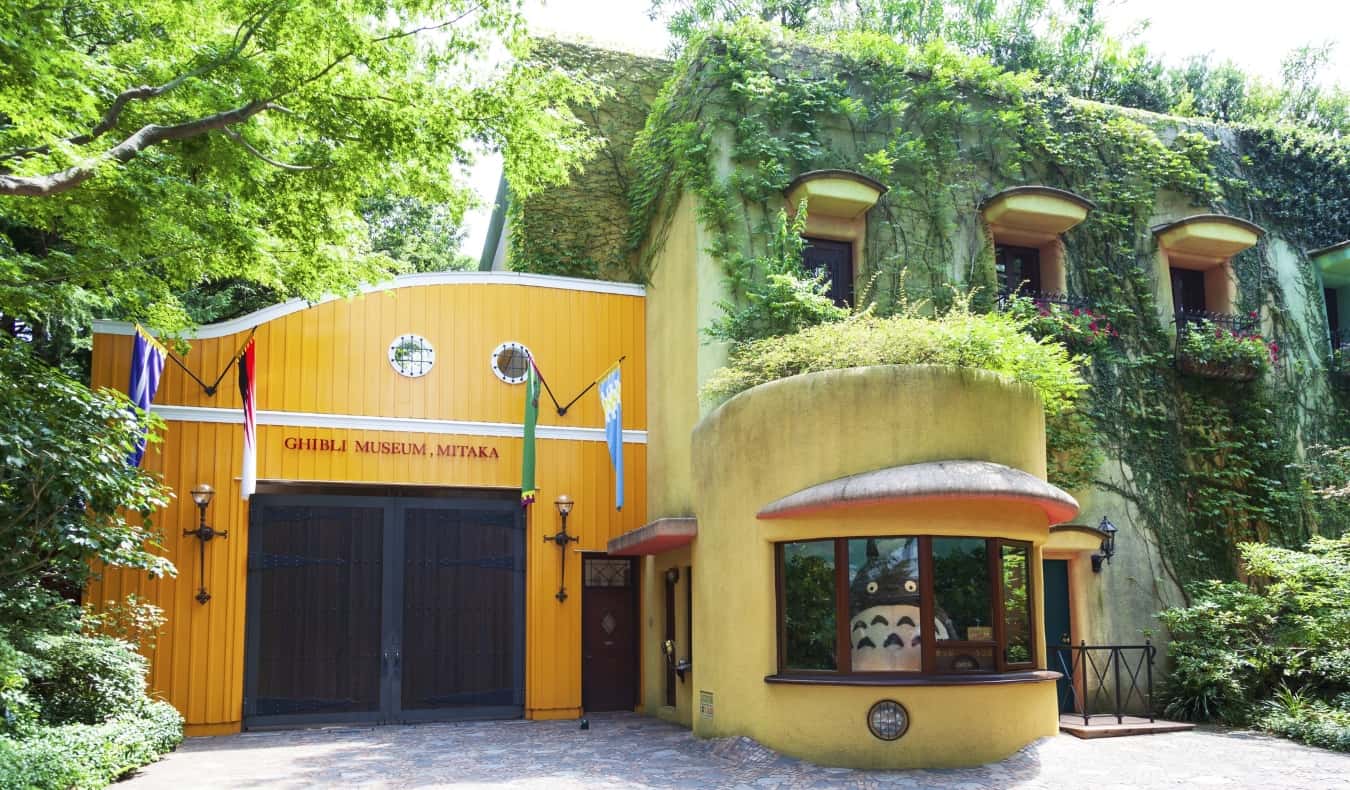
Time to take a break and head out on a day trip for some non-urban adventures. Here are some suggestions:
See Daibutsu (the Great Buddha)
Make a day trip to Kamakura, where you can see a 13-meter (42-foot) bronze statue of Buddha. It was initially built in 1252 within a temple, but the structure was washed away — on several occasions — by storms. The statue now sits in the open air, (along with a massive pair of straw sandals that belong to the statue). You can even go inside the statue itself — there isn’t much to see, but it’s still kind of neat to be able to step into a massive statue of that size and importance.
The journey to Kamakura takes around an hour and is free with a Japan Rail Pass.
4 Chome-2-28 Hase, Kamakura, +81 467-22-0703, kotoku-in.jp. Open daily 8am-5:30pm (until 5pm during the winter). Admission is 300 JPY.
Get touristy at Tokyo Disneyland
I’m a sucker for Disney attractions! This is a fun choice for anyone traveling with children, but also for adults who just love amusement parks. Opened in 1983, it has seven themed areas to explore and is the third most visited theme park in the world (18 million each year). It has a lot of the same famous rides you’ll find at Disney World, such as Splash Mountain, the Haunted Mansion, and the nauseating Mad Tea Cup Ride. It’s best to book online in advance.
1-1 Maihama, Urayasu, +81 45-330-5211, tokyodisneyresort.jp/tdl. Open daily 8am-10pm. Admission is 7,900-10,900 JPY for adults and 6,600-9,000 JPY for children, depending on age.
Hike Mount Mitake
Located just over an hour from Tokyo is Chichibu-Tama-Kai National Park, covering 1,250 square kilometers of rolling hills, mountains, and forests. There are plenty of hiking trails, though you can also take a cable car to the top and then hike to the shrine that sits on the peak, some 930 meters (3,050 feet) above sea level. It’s a 30-minute walk to the shrine from the peak or top of the cable car. From there, you can hike for an hour to a small valley with two picturesque waterfalls or continue on to Mount Otake, which is about two hours from the summit of Mount Mitake.
Behold Mount Fuji
Located just over an hour from Tokyo and standing at an impressive 3,776 meters (12,389 feet), Mount Fuji is one of the most iconic views in the country. It is also an active stratovolcano (it last erupted in 1708) and one of the Three Holy Mountains of Japan. Covered in snow for almost half of the year, it is both a Special Place of Scenic Beauty and a UNESCO Cultural Site. In the summer, the mountain is open to hikers, who spend anywhere from 5 to 12 hours reaching the summit. Traditionally, hikers depart at night to arrive at the top for the sunrise.
If you don’t want to hike to the peak, you can simply visit on a day trip. There are buses that can take you partway up, from which you’ll be offered sweeping vistas of the surrounding area. Guided day tours from the city cost around 12,000 JPY.
Visit the Ghibli Museum
If you’re a fan of famed director Hayao Miyazaki’s work (which includes films like Spirited Away, Howl’s Moving Castle, and Princess Mononoke), then you’ll want to check out this amazing exhibition. Designed by Miyazaki himself, it is an immersive experience that any film buff will appreciate. There is also a new short film every month, only available to visitors. The museum won’t take up a whole day, but it’s not in a very central location, so you’ll need to plan accordingly.
1 Chome-1-83 Shimorenjaku, +81 570-055-777, ghibli-museum.jp. Open Wednesday-Monday 10am-6pm. Admission is 1,000 JPY for adults, with discounts available for youth and children. There are limited tickets available each day, so book in advance.
Tokyo Itinerary: Day 5
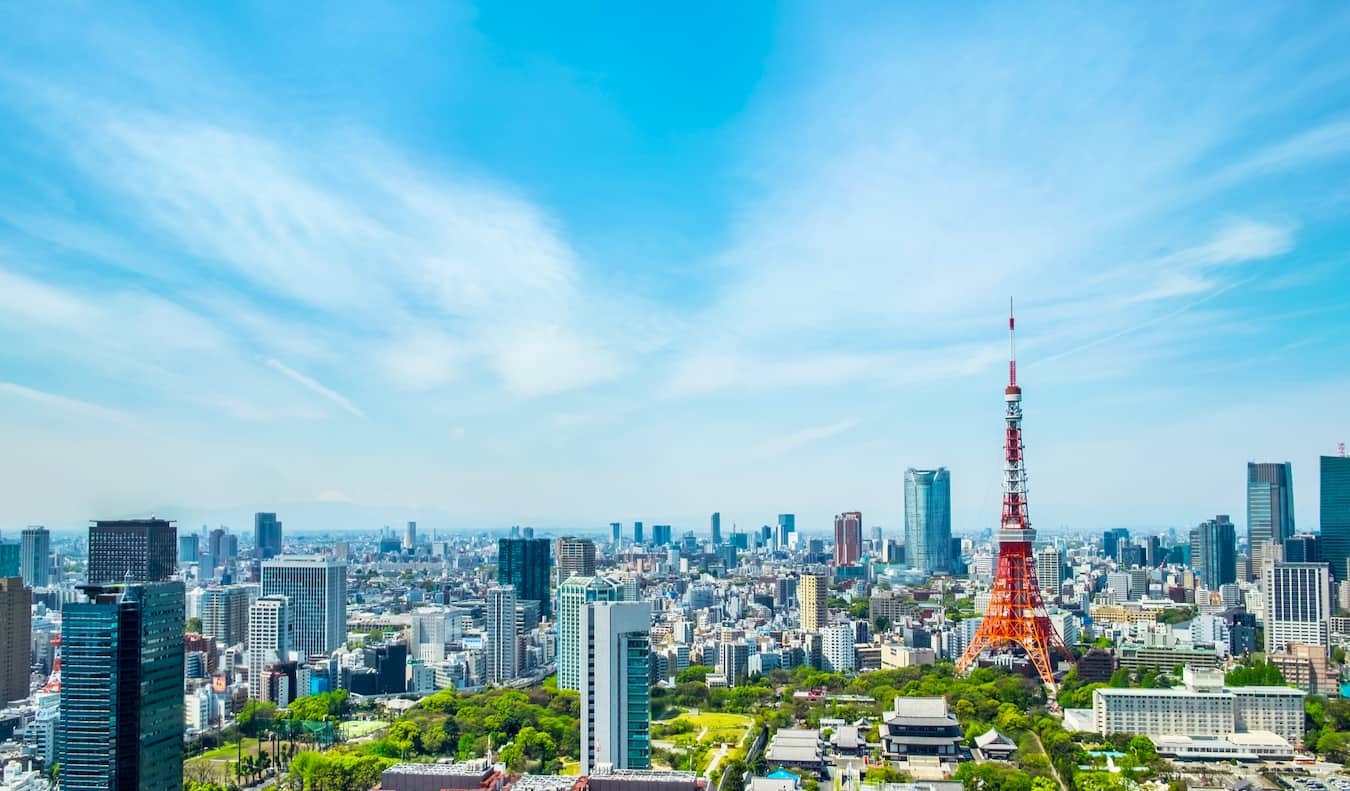
During your last day in Tokyo, the city is your oyster. There’s still plenty to do. Go shopping, explore new cafés, wander gardens, eat all the food — the possibilities are endless. Some other things I love to do include the following:
Admire the National Art Center
Opened in 2007, this museum and gallery doesn’t actually have a permanent collection but rather houses a never-ending series of temporary exhibitions, from impressionism to modern art. Check the website to see what is currently being shown.
7 Chome-22-2 Roppongi, +81 3-5777-8600, nact.jp. Open Wednesday-Monday 10am-6pm and Fridays and Saturdays until 8pm. Admission varies by exhibit.
Visit the Samurai Museum
No trip to Japan would be complete without learning about samurai. While they were known for their martial skill, there was much more to the culture than just mastering the katana (a traditional sword). The museum has some incredible displays of traditional weapons and armor, some of which you can even try on.
Kabukicho 2-25-6, +81 3-6457-6411, samuraimuseum.jp/en. Open daily 10:30am-9pm. Admission is 1,900 JPY. You can explore the museum on your own or in a group tour, which is conducted every 30 minutes. Still temporarily closed due to COVID; check the website for updates.
Watch a sumo match
Kokugikan, Japan’s most famous sumo arena, hosts tournaments three times each year. The wrestling that we see today dates to the 17th century, though its origins go back even further, and it’s still one of the most popular traditions in the country. If you’re in town at the right time, this is a must-do! Tickets sell out quickly, so act fast. You can book a ticket online here (you’ll be accompanied by a guide too, so you can learn more about the tradition as it unfolds before your eyes).
1 Chome-3-2-8 Yokoami, Sumida, +81 3-3623-5111, sumo.or.jp/kokugikan. Ticket prices vary, but expect to pay around 3,800 JPY.
Have drinks at the Park Hyatt
New York Bar is the iconic bar from Sofia Coppola’s 2003 film Lost in Translation. Located on the 52nd floor, it actually lives up to the hype. The atmosphere is classy, the drinks are great, and the view is absolutely stunning. There is live jazz every night, and while there is a cover charge (around 2,750 JPY), it’s definitely worth it!
3-7-1-2 Nishishinjuku, +81 3-5322-1234, hyatt.com. Open Sunday-Wednesday 5pm-12am and Thursday-Saturday 5pm-1am.
Peruse the Tokyo Metropolitan Teien Art Museum
Built in 1933, this small museum used to be the official residence of Prince and Princess Asaka. The prince had studied in Paris and wanted to bring Art Deco to Japan, which explains the building’s style and decorations. In 1983, the residence became a museum and is now home to a rotating series of modern art exhibitions.
5-21-9 Shirokanedai, +81 3-3443-0201, teien-art-museum.ne.jp/en. Open daily 10am-6pm. Garden admission is 200 JPY; museum admission varies depending on the current exhibition.
Promenade along the Meguro River
The Meguro River weaves almost 8 kilometers (5 miles) through Tokyo and makes for a magnificent stroll. There’s a path with a bit of green space that follows the water, so plenty of locals walk or exercise there. In the spring, you’ll be able to see a lot of cherry blossoms too. There’s also plenty of restaurants along the way to stop and eat at!
Take the Harry Potter studio tour
If you love Harry Potter, this studio tour is a must. Like the original in London, “The Making of Harry Potter” lets you walk in his footsteps and explore his amazing wizarding world. You can wander iconic sets like the Great Hall and Diagon Alley, see original props and costumes from the films, and learn how they were made. There are also sections on the newer Fantastic Beasts films. It takes about 3 hours to see it all. Just make sure to book the earliest spot in the day, as the crowds here can be huge later on. I posted more tips on Instagram if you want to learn more.
1 Chome-1-7 Kasugacho, +81 50-6862-3676, wbstudiotour.jp. Open daily 8:30am-10pm. Tickets at 6,500 JPY.
Where to Eat
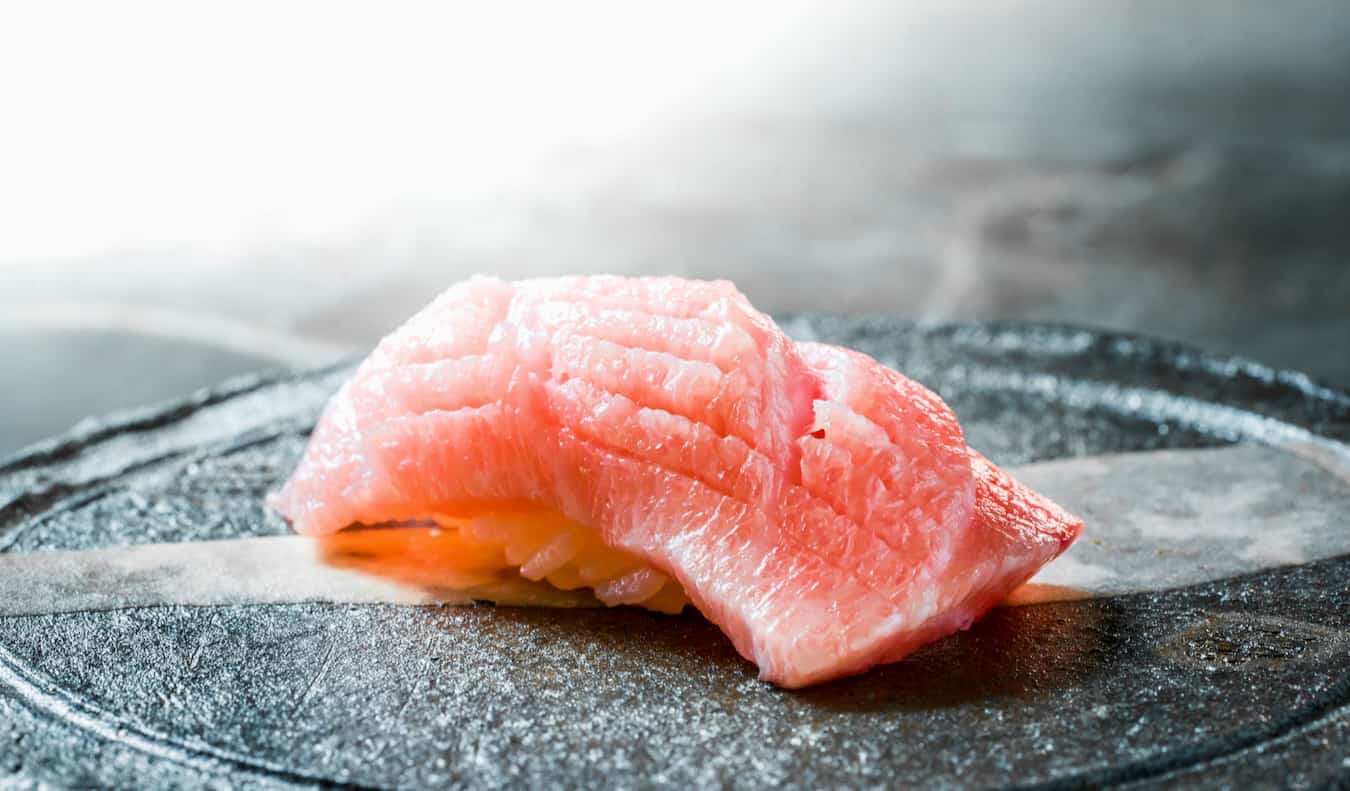
Tokyo is so huge and has so many dining options, that it would be impossible to pick just two or three favorites. You can read this blog post that has all my favorite restaurants in Tokyo.
***
Tokyo is massive. You could spend a lifetime here and still not discover everything there is to see. But if you follow the itinerary and suggestions above, you’ll be able to have a fun and insightful visit and leave this sprawling capital with a nuanced perspective of what life in Tokyo is like.
Book Your Trip to Japan: Logistical Tips and Tricks
Book Your Flight
Use Skyscanner to find a cheap flight. It is my favorite search engine, because it searches websites and airlines around the globe, so you always know no stone is being left unturned.
Book Your Accommodation
You can book your hostel with Hostelworld as it has the biggest inventory and best deals. If you want to stay somewhere other than a hostel, use Booking.com, as it consistently returns the cheapest rates for guesthouses and hotels. Some of my favorite places to stay are:
For more places to stay, check out my article on my favorite hostels in Tokyo. It has a long list!
Don’t Forget Travel Insurance
Travel insurance will protect you against illness, injury, theft, and cancelations. It’s comprehensive protection in case anything goes wrong. I never go on a trip without it, as I’ve had to use it many times in the past. My favorite companies that offer the best service and value are:
Looking for the Best Companies to Save Money With?
Check out my resource page for the best companies to use when you travel. I list all the ones I use when I’m on the road. They will save you money too.
Check out the Japan Rail Pass if you’ll be traveling around the country. It comes in 7-, 14-, and 21-day passes and can save you a ton of money!
Want More Information on Japan
Visit our robust destination guide on Japan for even more planning tips!
The post How to Spend Your Time in Tokyo: A Suggested Itinerary appeared first on Nomadic Matt's Travel Site.


